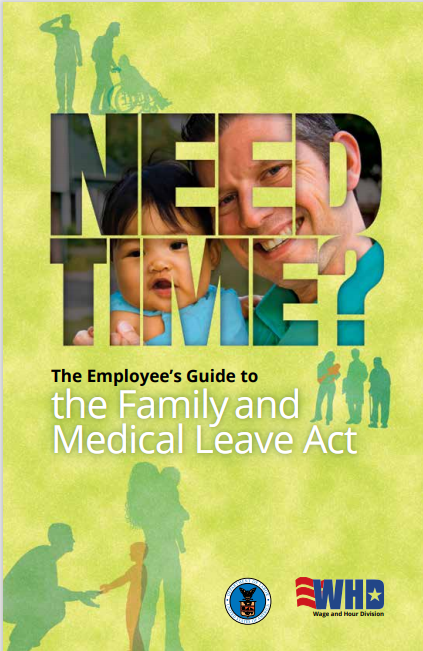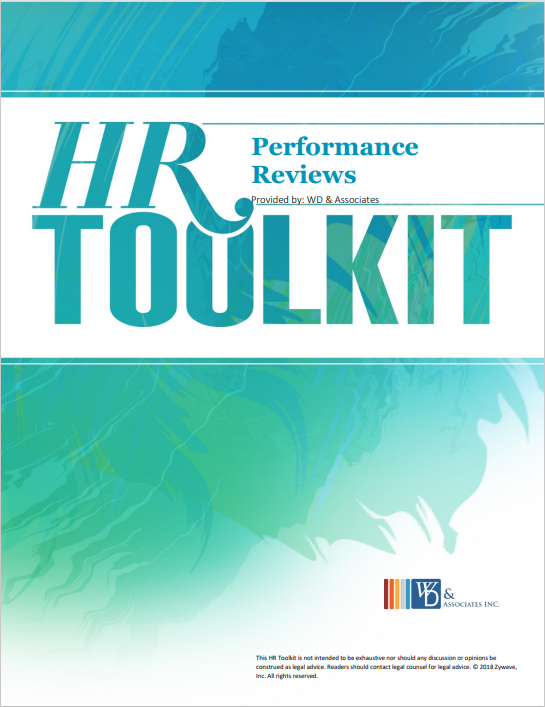
Why it Matters
The Explanation of Benefits (EOB) is the document that your insurance company generates that says “this is not a bill" at the top. It explains what part of a claim was paid by insurance and what part was not paid and why.
It is also your opportunity to look closely at what was billed and make sure it accurately reflects the care you received. You should always review the EOB closely before paying a doctors bill.
By scrupulously reviewing the bill against the EOB you are
acting as your own best advocate. It gives you an opportunity
to catch errors before you pay your bill.
How to Find It
Gone are the days when every carrier mailed the EOB. You will likely need to access the document by logging into your insurance provider’s member portal. The next phase of where health care is going is mobile. Some carriers already have apps. For example, United Health Care’s app is called Health 4 Me. Once you set it up you have access to your documents on your phone.
Regardless of how you access it, do not pay a doctor's bill until you have compared it to the EOB.
What to Look for
When you have the two side by side match the treatment dates and providers from the invoice to the dates of service and providers listed on your EOB. Make sure your provider gives you an itemized invoice so you can effectively match your EOB to your invoices.
Some details to verify include:
- Date of service
- Name of the health care facility and the provider name
- Name of the procedure or service and the billing code
- Amount that was billed to the insurer by the provider
- Amount allowed based on the carrier contract with the provider
- The portion of the bill that is eligible for insurance coverage
- The reason why the non-covered portion was not covered
- The amount of the charges that are subject to the patient’s deductible
- The amount paid by insurance company
Keep in mind that insurance companies typically have a contracted rate. This is the “allowed amount” and is often lower than the billed rate. You might be responsible for the full allowed amount or a portion of that amount if it you have not met your deductible, but you are never responsible for the difference between the billed amount and the allowed amount.
What You Owe
Insurance companies rarely pay 100 percent of a claim. You need to pay your part in applicable deductibles, coinsurance and copayments. Here are some common reasons for partial payment of a claim by your insurance company:
- Part or all of the claim was charged to you to satisfy your deductible
- Part of the claim was charged to you in the form of a copayment
- Part or all of the claim was charged to you to satisfy your coinsurance requirement
- The charges for the services exceeded the maximum benefit available for the service
- Your insurance policy was not in force on the date of service
- The claim was a duplicate and had been previously paid
- The charges exceeded the insurance company’s reasonable and customary limitation (this happens more frequently when using out-of-network providers)
- The charges are for a non-covered service (i.e., cosmetic surgery)
If you have an EOB showing that your insurance company did not pay for your entire claim, first determine the reason why, and then determine if the reason is valid. If you believe there has been an error, contact your health plan’s member services department to ask them to review the claim.
You might not be seeing an EOB in your mailbox but it
remains an important resource. Advocate for yourself by
accessing your documents and verifying all charges.
Photo Credit







Leave a comment